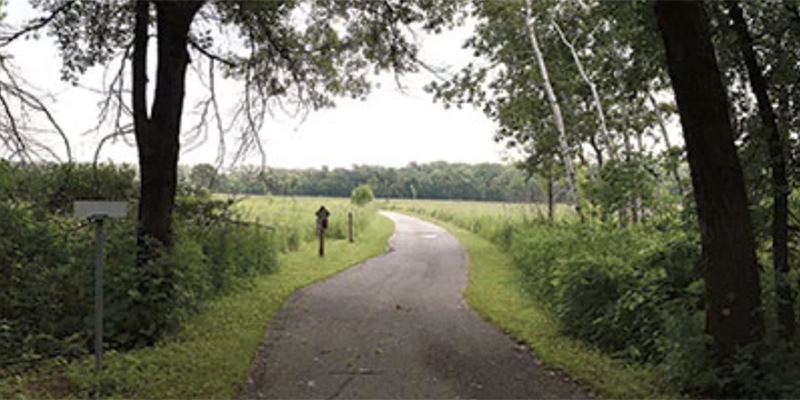Our Opinion: The Union needs more reality, less TV
Published 8:14 am Thursday, February 1, 2018
Raise your hand if you watched the State of the Union address.
Now keep your hand up if you tuned in because of the entertainment value.
Judging from the early Nielsen ratings, President Donald Trump’s first State of the Union address scored slightly lower than his first televised address to Congress in February 2017, according to Variety.
The address drew a 14.8 rating across broadcast networks. Last year’s speech drew a 16. Cable TV viewership is not included in those numbers. That data comes later.
So, how does that compare to President Barack Obama’s first State of the Union address. Well, Trump’s February 2017 speech ultimately drew 47.7 million broadcast and cable viewers, and that audience was smaller than Obama’s 48 million for his 2010 address.
What does this all mean?
Not a darn thing that we should care about.
The problem is, people are going to care, including the man in the White House. That’s reducing the business of running our nation to a ratings battle the likes of “The Big Bang Theory” versus “Young Sheldon.” (“Bang” won last week, by the way).
We have serious issues that need to be dealt with by serious people. Setting aside immigration, the country is falling deeper into debt and our infrastructure is aging and breaking down. For goodness sakes, the Council on Foreign Relations is trying to warn us about this.
“The $18 trillion U.S. economy relies on a vast network of infrastructure from roads and bridges to freight rail and ports to electrical grids and internet provision,” wrote James McBride, a senior writer and editor for the council. “But the systems currently in place were built decades ago, and economists say that delays and rising maintenance costs are holding economic performance back. Civil engineers raise safety concerns as well, warning that many bridges are structurally deficient and that antiquated drinking water and wastewater systems pose risks to public health. Meanwhile, Americans’ international peers enjoy more efficient and reliable services, and their public investment in infrastructure is on average nearly double that of the United States.”
As an aside, McBride graduated from Minnesota’s own St. Olaf College before getting his master’s degree at Georgetown University. Oh, but he’s also an Obama supporter, so we’ll turn to another source: Fortune Magazine reporting the American Society of Civil Engineers in March 2017 reiterated its D+ grade for the country’s vital infrastructure.
“The ASCE report comes out once every four years, and has become a familiar bearer of bad news,” the Fortune report says. “But the state of the country’s roads were the standout piece of bad news this year — the report found that $2 trillion would be needed over the next 10 years to get U.S. roads back in fighting shape.”
The president asked Congress for a bill that would generate $1.5 trillion for infrastructure. It “should be leveraged by partnering with state and local governments and, where appropriate, tapping into private sector investments,” he said.
It’s difficult to take that proposal seriously considering the lack of details and the reported surprise by Republican senators wondering how they’d pay for it. As it stands, it looks to shift the responsibility from the federal government to states, counties and cities, with maybe some help from business.
It’s high time to put aside disingenuous, half-baked plans that are meant more to boost ratings than the nation.
Get serious.



